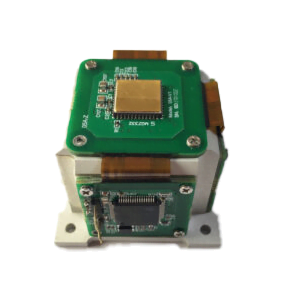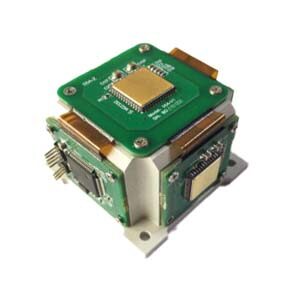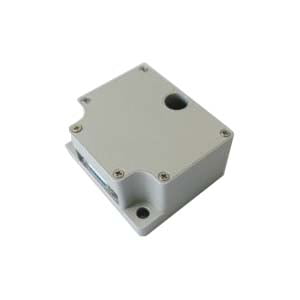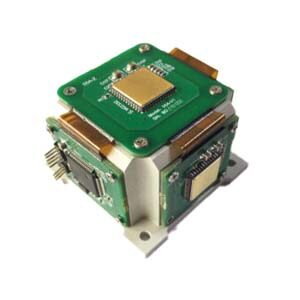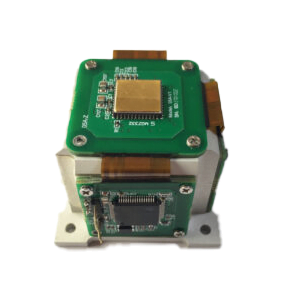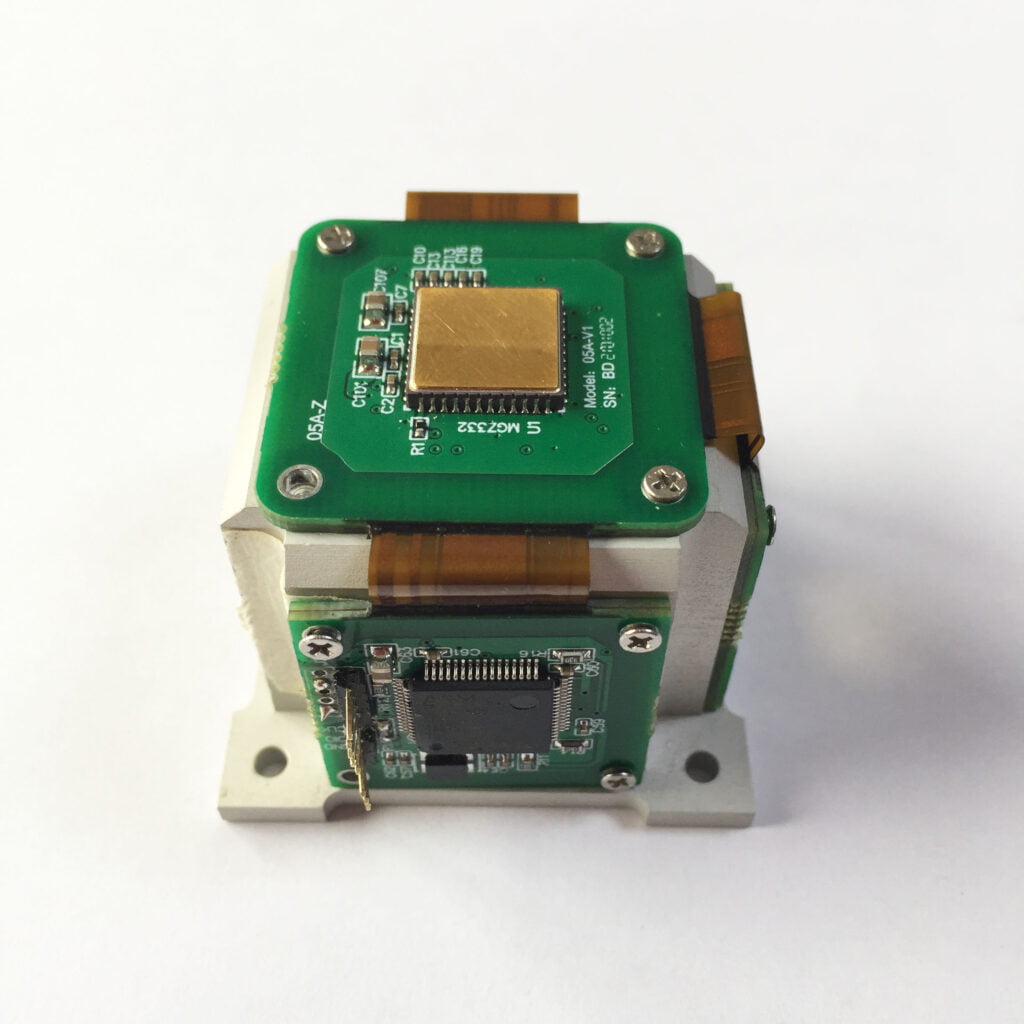Inertial measurement units (IMU) and global positioning systems (GPS) are currently the most commonly used navigation sensors, and they play an important role in aviation, navigation, vehicle navigation and other fields. However, IMU has problems such as integral drift and accumulated errors over time, while GPS is subject to factors such as signal obstruction and multipath effects. Therefore, using IMU or GPS alone cannot meet the needs of high-precision navigation. In order to overcome their respective shortcomings, IMU and GPS fusion algorithms came into being. This article will introduce the principles and applications of IMU and GPS fusion algorithms.
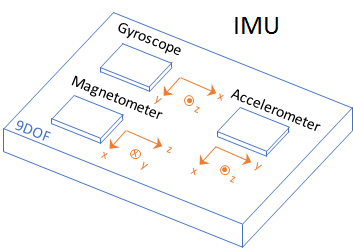
1.Overview of IMU and GPS fusion algorithm
The IMU and GPS fusion algorithm is a method that combines the measurement results of IMU and GPS to obtain high-precision and high-reliability navigation solution results through complementary filtering and other technologies. This algorithm uses the inertial measurement data of the IMU (including accelerometer and gyroscope) and the position and speed information of the GPS to improve the accuracy and robustness of navigation by fusing the two data.
2.Principle of IMU and GPS fusion algorithm
The IMU and GPS fusion algorithm mainly includes the following steps:
2.1 Data preprocessing
Data from IMU and GPS usually require preprocessing to remove noise and filtering. For IMU data, common preprocessing methods include low-pass filtering and offset calibration; for GPS data, common preprocessing methods include differential processing and heading angle smoothing.
2.2 Attitude solution
The IMU can provide attitude information, that is, the direction and angle of the object. By using the angular velocity measured by the gyroscope and the gravitational acceleration measured by the accelerometer, the attitude of the object can be solved. Attitude calculation is the basis for the integration of IMU and GPS, which can provide accurate navigation information.
2.3 Position solution
GPS can provide location information, that is, the longitude, latitude and altitude of an object. By using the position information of GPS and the attitude information of IMU, the position of the object can be calculated. Position calculation is a key step in the integration of IMU and GPS, which can provide accurate navigation results.
2.4 Data fusion
On the basis of attitude calculation and position calculation, IMU and GPS data can be fused. Common fusion methods include complementary filtering, Kalman filtering and particle filtering. These methods can integrate the data of IMU and GPS in an optimal way based on information such as measurement errors, weights, and covariance matrices of IMU and GPS to obtain accurate navigation solution results.
3.Application of IMU and GPS fusion algorithm
IMU and GPS fusion algorithms are widely used in aviation, navigation, vehicle navigation and other fields. The following are specific application scenarios of this algorithm in some applications:
3.1 Flight navigation
In flight navigation, the IMU and GPS fusion algorithm can provide accurate aircraft position, speed and attitude information to help pilots conduct precise flight control and navigation.
3.2 Ship navigation
In ship navigation, the IMU and GPS fusion algorithm can provide accurate ship position, speed and attitude information to help crew members conduct precise navigation control and navigation.
3.3 Autonomous driving
In the field of autonomous driving, IMU and GPS fusion algorithms can provide accurate vehicle position, speed and attitude information to help autonomous vehicles conduct precise path planning and navigation.
3.4 Indoor navigation
In indoor navigation, due to the weakening and occlusion of the GPS signal, the IMU and GPS fusion algorithm can provide accurate indoor position and attitude information by using the attitude information of the IMU to help people position and navigate in the indoor environment.
Summarize
The IMU and GPS fusion algorithm is a method that combines the measurement results of IMU and GPS to obtain high-precision and high-reliability navigation solution results through complementary filtering and other technologies. This algorithm can effectively overcome the respective shortcomings of IMU and GPS and improve the accuracy and robustness of navigation through steps such as attitude calculation, position calculation and data fusion. IMU and GPS fusion algorithms have broad application prospects in aviation, navigation, vehicle navigation, indoor navigation and other fields. With the continuous advancement of sensor technology, IMU and GPS fusion algorithms will be further developed to bring more accurate and reliable solutions to the navigation field. As a developer and manufacturer of IMUs, ERICCO's independently developed navigation-grade ER-MIMU-01 can independently seek north and can be better integrated with GPS to achieve the best results. This product has a built-in gyroscope with high accuracy and no offset. The stability can reach 0.01-0.02°/hr and 0.03-0.05°/hr respectively.
If you want to learn about or purchase MEMS IMU, please contact our relevant personnel.
More Technical Questions
1.MEMS IMU error analysis and compensation
2.Reusable spacecraft IMU dynamic accuracy assessment method
3.Research on MEMS IMU error modeling and temperature compensation technology
4.Calibration method and error analysis of low-precision MEMS IMU
5.MEMS-IMU error calibration compensation method that does not rely on precision turntable
6.Application of Improved Wavelet De-noising Method in MEMS-IMU Signals
Products in Article
